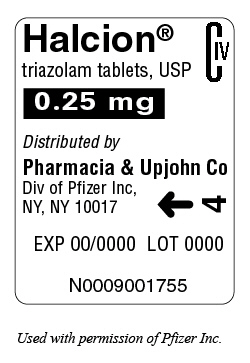What is the difference between an abnormal physical examination finding and an unexpected finding in an asymptomatic organ system or body area? Why is this distinction important for the documentation of the physical examination?
What will be an ideal response?
The phrase "symptomatic body area or organ system" suggests that a specific organ system or body area is experiencing symptoms of the chief complaint. In the physical examination documentation, the word abnormal suggests that a specific part of the patient's body is not functioning, as it should, that is, something is wrong. When the physician identifies an aspect of the patient's physiology or anatomy that is abnormal, the documentation must indicate specifically what is abnormal.
Because the physical examination is intended to identify the severity of and risk posed by the nature of the presenting problem, intent of the physical examination is, ultimately, to identify the current status and function of the organ systems/body areas related to the presenting problem. Therefore, it would not be surprising to identify abnormalities in the organ systems/body areas related to the presenting problem. However, if abnormal findings are identified in organ systems or body areas that are unrelated to the presenting problem, or in organ systems/body areas that have caused no discomfort or pain for the patient, these findings are unexpected and may be informative about certain pathologies that may not have been considered.
This is why the phrase "asymptomatic body area or organ system" suggests that a specific organ system or body area is unaffected by the chief complaint. Occasionally, however, the physician may notice something abnormal or unexpected in an organ system or body area that is unaffected by the CC. In this situation, the physician must explain what is abnormal or unexpected about this asymptomatic organ system or body area.
You might also like to view...
If you are unsure if the person has an open __________ you will need to manually open it using either the head-tilt/chin-lift or the __________-__________ maneuver
Fill in the blank(s) with the appropriate word(s).
Preacceptance inspections are performed before installation
A. True B. False
The Diseases of the Respiratory System begins with an instructional note that:
A) outlines the new ICD-10-CM requirements for coding asthma. B) describes how to code when multiple sites with the respiratory system are affected. C) is a chapter-wide note to assign an additional code that identifies the infectious organism. D) provide instructions on sequencing codes from this chapter.
Use the drug label to identify specific drug information in the questions that follow.  What is the strength of the drug?
What is the strength of the drug?
What will be an ideal response?